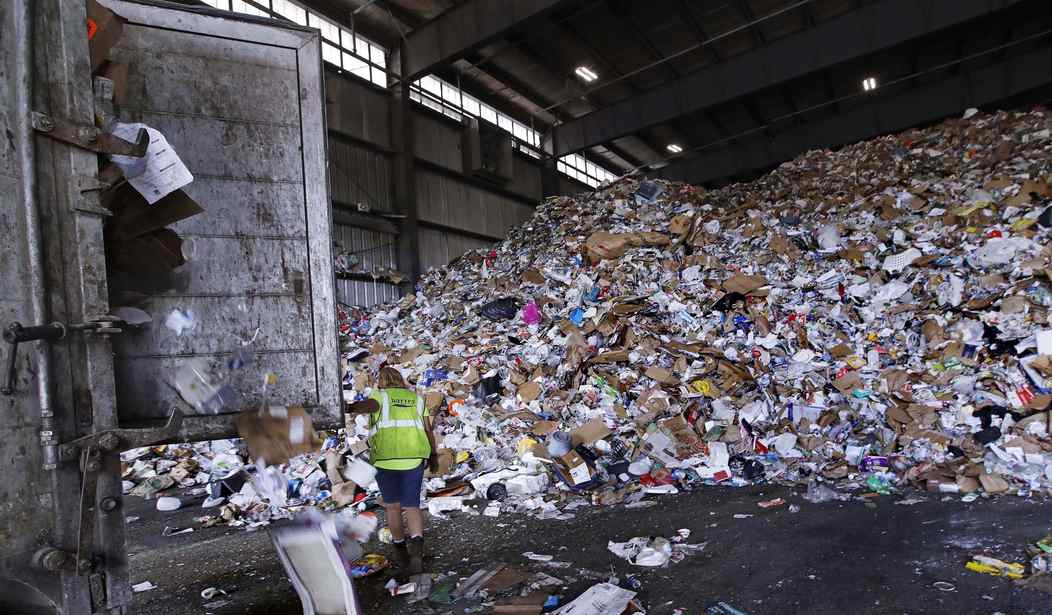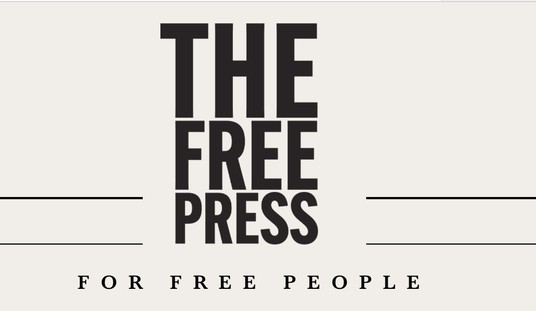No matter where you live in the United States, it’s pretty much standard practice that on the day when your trash is picked up, you’re supposed to sort out all of the recyclables and put them out separately from the “regular” trash. Some areas are even more finicky, demanding that you separate the paper from the plastic from the metal cans so all of it can be taken away to their respective processing centers. It’s a satisfying system because they get to reuse all of that material and you get to feel like you’re helping to save the planet. But where does all of that material go to be processed? In the case of all of the plastic you dispose of, you may be surprised to learn that nearly all of it winds up in the trash with everything else. A new report from Greenpeace (yes… I know) claims that barely 5 percent of all of the plastic picked up for recycling is actually recycled into new, “green” products. The rest is simply treated as garbage. (CBS News)
Plastic recycling rates are declining even as production shoots up, according to a Greenpeace USA report out Monday that blasted industry claims of creating an efficient, circular economy as “fiction.”
Titled “Circular Claims Fall Flat Again,” the study found that of 51 million tons of plastic waste generated by U.S. households in 2021, only 2.4 million tons were recycled, or around five percent. After peaking in 2014 at 10 percent, the trend has been decreasing, especially since China stopped accepting the West’s plastic waste in 2018.
Virgin production — of non-recycled plastic, that is — meanwhile is rapidly rising as the petrochemical industry expands, lowering costs.
The only two categories of plastic waste that are regularly used to create new plastic products are polyethylene terephthalate (PET) and high-density polyethylene (HDPE). The first is used in plastic water and soda bottles, so most of those actually do wind up being recycled. The second is used in heavier containers such as milk jugs and shampoo bottles. But all of the plastic wrap you use, along with the plastic wrappers that so many products come in are rejected and they probably end up in landfills or in the ocean.
That really makes a lot of the emphasis we see on the vital nature of recycling appear to be little more than virtue signaling and showmanship. And it’s apparently been this way from the beginning. As noted in the excerpt above, the highest percentage of recycling for plastics that we ever reached was just ten percent and that was back in 2014.
I realize that this is a bit off the beaten path compared to the topics I generally cover, but it’s always been a pet peeve of mine. A friend once asked me one of the standard thought experiments that regularly make the rounds, wanting to know what one thing I would change if I was given the chance to go back in time. I seriously considered saying that I would go back and kill whoever it was that originally invented plastic. (Of course, if you did that, somebody else would have just come along and invented it the next year anyway, so it’s probably pointless.)
The problem is that plastic is just so incredibly useful, strong, and cheap. It’s difficult to imagine how we ever lived without it or how we could conceivably create all of the products we use today with any sort of substitute. But plastic goes into the ground and it doesn’t break down like more natural products. Heavier, thick plastic items take up to 10,000 years to decompose in a landfill. Even thin water bottles need 450 years. And it’s very toxic.
I normally at least try to offer a solution when I point out a problem, but I definitely don’t have one for this situation. Plastic will be with us pretty much forever, it seems and the world will be the worse for it. But if we’re unable to pull off the recycling trick any better than we’re currently doing, we should own up to that and stop faking it. Just put it in with the rest of the trash and agree to deal with the consequences later.








Join the conversation as a VIP Member